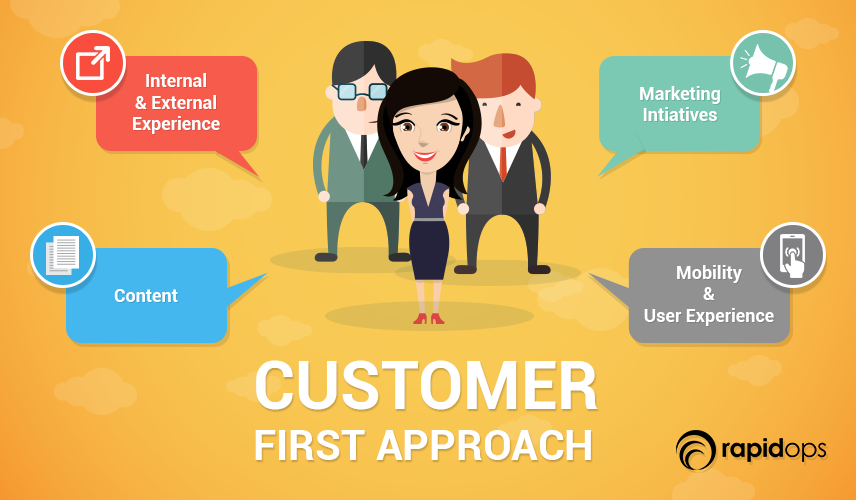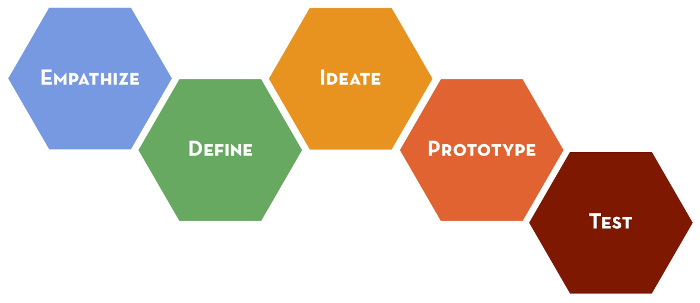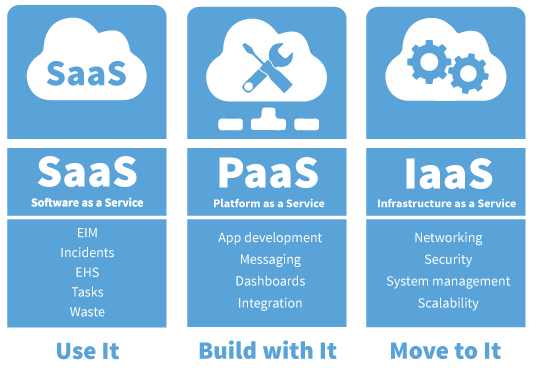As we depicted in the first part of our series, digital transformation goes hand in hand with new technologies. Now let us find out how Culture, Innovation and Scalability encompass the holistic approach to digital transformation.
2. Culture
Technology influences culture.
Culture influences technology.
Taking a look at the culture of your organisation in lieu of digital change is essential. Both to increase productivity and to make your company a more attractive place for talent.

Source: Buffer
Let’s face it, most digital work involves individuals who mostly just need their computers.
Although there is certainly a need for collaboration, a lot of that can be done through tools such as Zoom, Skype and Slack.
Remote working is not only a shift in how we use technology, it’s also a shift in how we think about managing employees. Managers of the past need to let go of the idea that employees need to be physically watched.
A key part of digital transformation is improving trust in your organization. Which leads to the next point…
Transparency
Like with remote working, digital transformation can create a culture of trust through increased organizational transparency.
With freely available data through the various software suites, you should think about sharing key metrics with your team. That could be conversion rates, customer service times or other important business metrics.
These metrics were traditionally only available to the senior team or a specific department, but by getting everybody in the organization tuned into the metrics, you will create more accountability, engagement and trust.
Through the use of data, you have the ability to unify your workforce into a more engaged, results driven organization.
3. Innovation
Technology, innovation and digital transformation go hand in hand.
Although they mean different things, they usually come together.
When it comes to how digital transformation informs innovation, there are a few things to consider:

Source: RapidOps
Design Thinking
-
Empathize
-
Define
-
Ideate
-
Prototype
-
Test

Source: CMO
Winner Takes It All
It’s also not something that has an end goal, despite what the name suggests. Digital transformation is a continuous process that never ends.
It’s not obvious, but there are always new technologies and processes that you will need to adapt to.
This presents challenges in regards to scaling your business with digital in mind.
4. Scalability
It’s also not something that has an end goal, despite what the name suggests. Digital transformation is a continuous process that never ends.
It’s not obvious, but there are always new technologies and processes that you will need to adapt to.
This presents challenges in regards to scaling your business with digital in mind.
Talent

Source: Indeed
Technical Debt
X-as-a-Service

